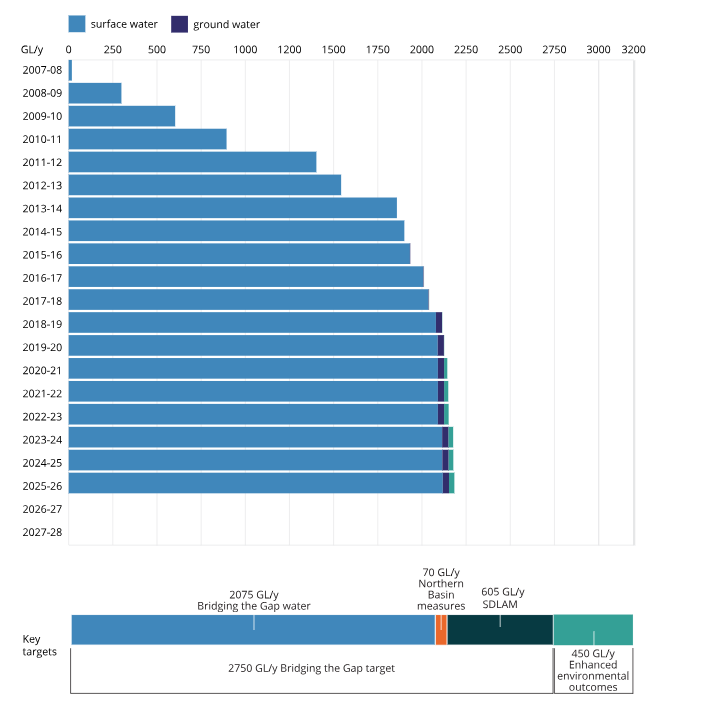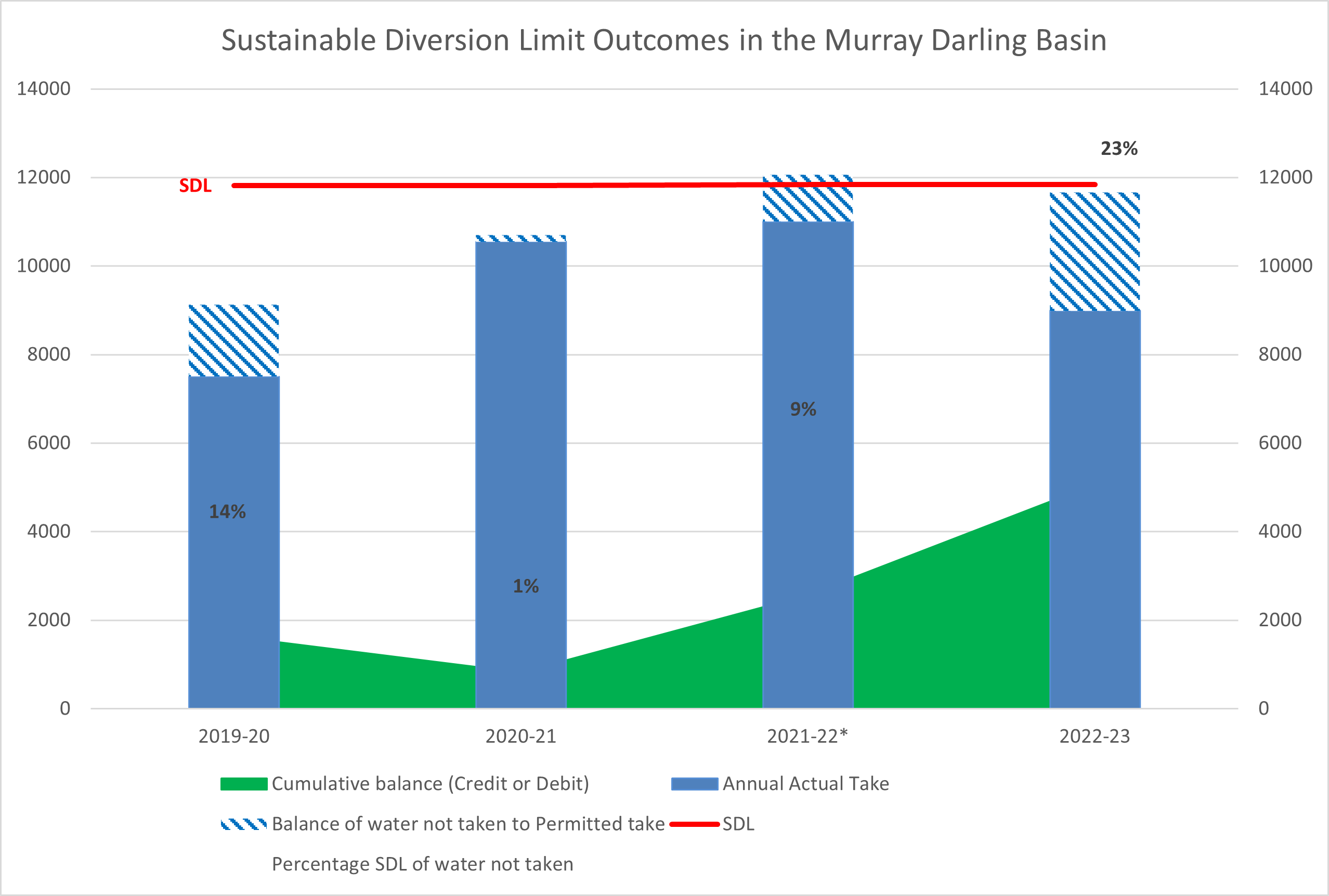New Exposure Regulations Water Markets Intermediaries Code
DCCEEW today released the Exposure Draft of the Water Markets Intermediaries Code (the Code) and an Overview of the draft are now available for consultation. On this page you will be able to submit your feedback on the Exposure Draft. The consultation will be open until 11.59pm on Sunday 6 April 2025. The Exposure Draft incorporates feedback from the Policy Position Paper consultation in November-December 2024.





